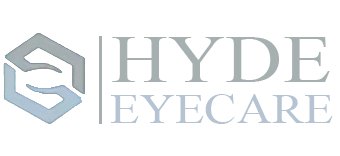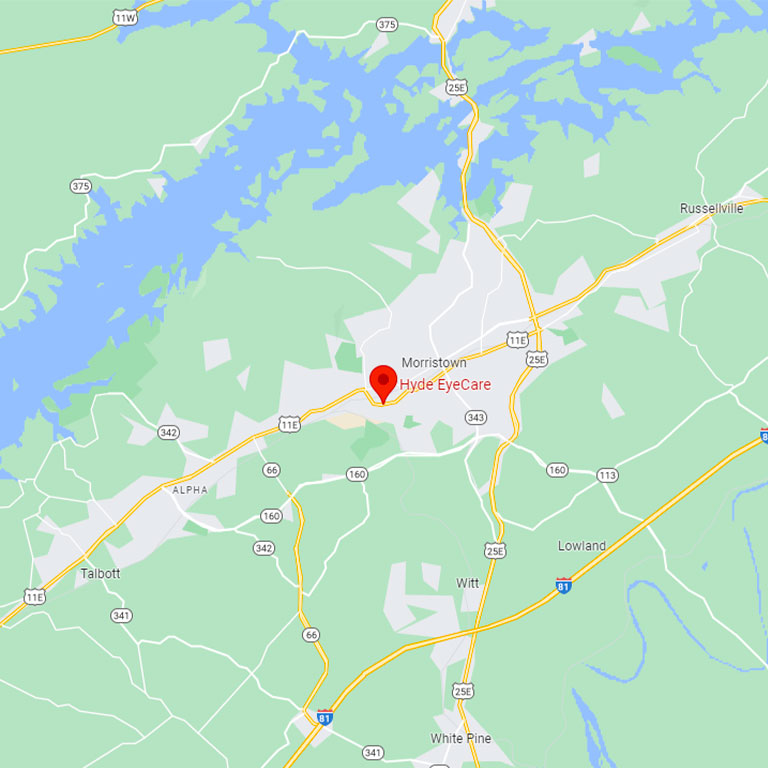Meet Dr. Angie Dabbs
Vision Therapy with Dr. Dabbs
Dr Angie Dabbs, pediatric eye care physician at Hyde Eye Care, offers vision therapy.
Vision therapy treats vision problems children have when using their eyes up close, especially at school. Problems with tracking, eye teaming, and focusing make it impossible for children to read, learn, and remain on task. Vision therapy also corrects lazy eyes and crossed eyes.
Vision therapy is much akin to physical therapy for the eyes, during which vision disorders are corrected to improve patients’ visual function and performance. Dr. Dabbs recommends vision therapy only if a child fails a pediatric eye examination measuring the 15 visual skills necessary for good vision.
Since “vision” happens in the brain, not in the eye itself, a child or adult who has sensory difficulties may pass an eye examination using standard eye charts but continue to experience visual impairment. There is a strong connection to developmental or academic delay when vision is impaired.
Vision therapy is very effective for conditions as tracking problems, inefficient eye teaming, crossed eyes, lazy or poorly developed vision, focusing problems and visual information processing disorders. Vision therapy improves vision, alleviating symptoms that inhibit developmental or poor academic progress.
The difference between vision and eyesight is the key concept for comprehensive and efficient vision.
Eyesight refers to the 20/20 standard of being able to see accurately and clearly at a distance of 20 feet.
Vision on the other hand is the concept of identifying what is seen, processing or interpreting the information and responding to that information appropriately.
Vision therapy is prescribed by pediatric eye physicians who specialize in children’s vision. Before a child can begin a vision therapy program, he or she must be seen by the eye doctor for a complete developmental vision evaluation and diagnostic workup. In addition to checking the child’s eye health and sharpness of vision (visual acuity as measured by the eye chart), the doctor will complete a comprehensive assessment to evaluate the child’s eye teaming, tracking, focusing, visual perception, and eye-hand coordination skills. The doctor interprets the results of the exam, notes any areas of concern, and makes a recommendation for therapy based upon the test results.
Before the child begins vision therapy, the doctor will meet with the therapy staff and put together an individualized therapy program and set of treatment goals for the patient. The child’s vision therapy program consists of an individualized plan of treatment procedures using lenses, prisms, instrumentation, visual exercises, and occlusion meant to return the patient to normal vision.
A trained therapist under the direction of the doctor works with the patient once or twice a week for a period from several months, depending upon the nature and severity of the patient’s condition. The patient is regularly seen by the doctor for progress examinations as he or she proceeds through therapy and meets each set of treatment goals.

